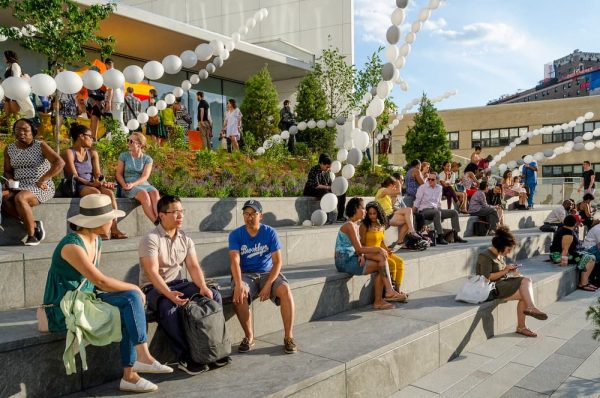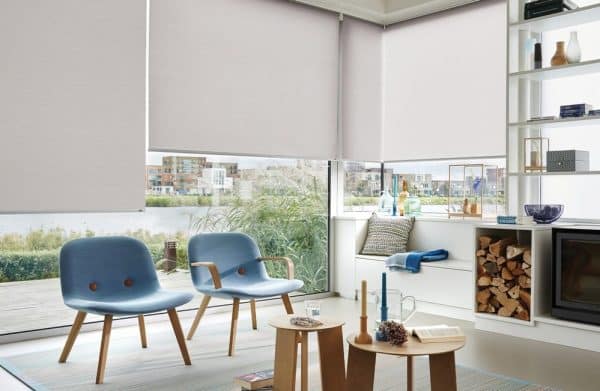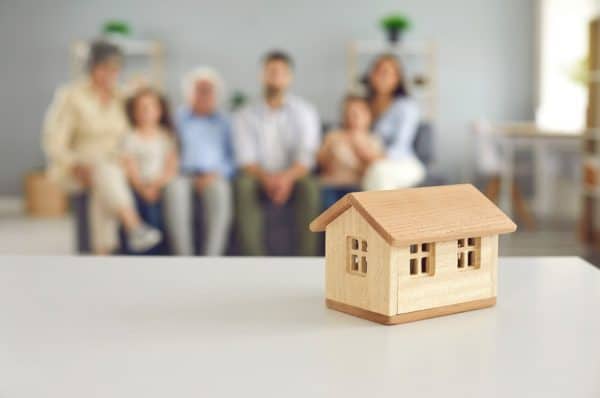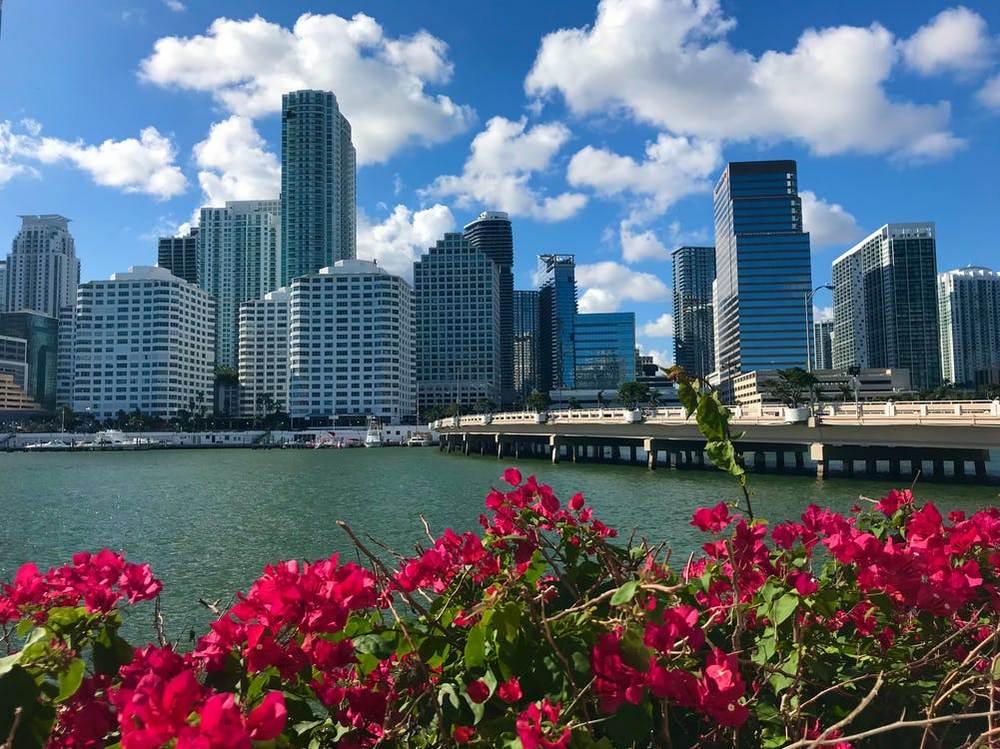
In response to the impact of climate change and other natural elements, buildings and landscapes can be created according to the principles of resilient design. With some of the most extreme weather in the world, communities in Florida benefit particularly from buildings that are more durable, flexible and sustainable in the face of tornadoes, wildfires and rising sea levels. Houses that are built with extra insulation, stronger windows and exposure to sunlight are being sought after as they exceed the standard ratings for hurricanes and energy efficiency. Landscaping is intrinsic to comprehensive reform and, whether it is designed to enhance resilient homes or well-maintained to add value to a commercial business, it can strengthen property investments as well as reduce the risks posed by the elements.
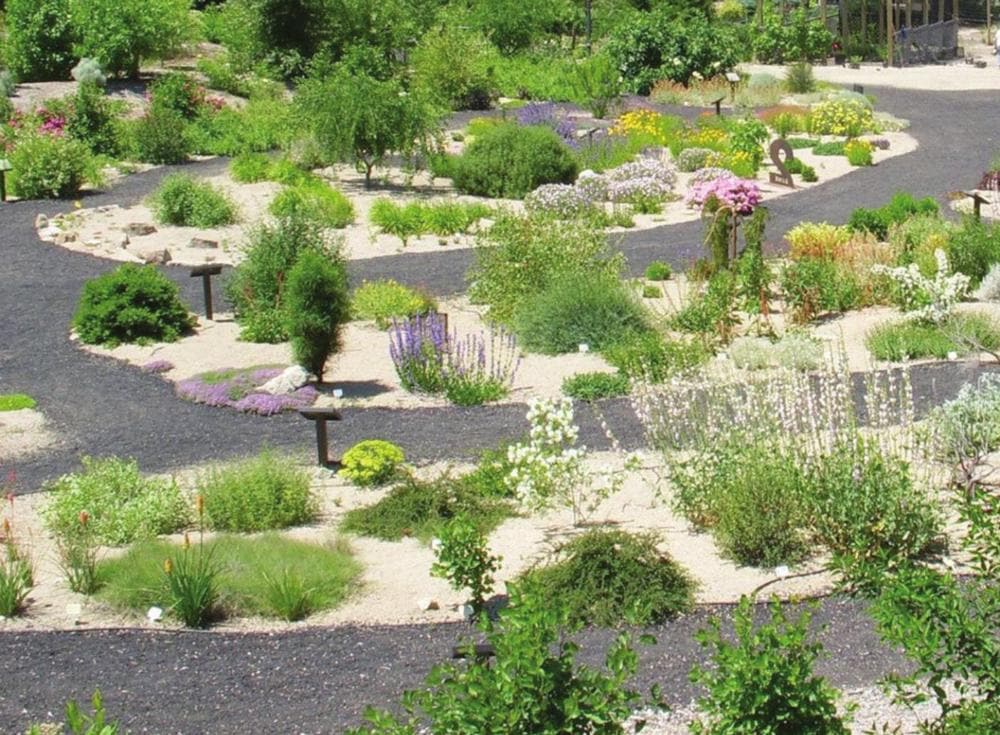
Maintaining Fire-Resistant Landscapes in Central Florida
While wildfires in some open areas can help to maintain natural ecosystems, property owners in Kissimmee and other cities in Osceola County, Central Florida can take action to limit the susceptibility of lawns to fires. In communities surrounded by other buildings it is less likely that wildfires will reach individual properties. However, after periods of extreme drought, properties situated in undeveloped or very dry landscaping can be more at risk. A Commercial Property Improvement Program opened by the City of Kissimmee earlier this year is offering funding for a range of improvements to boost local businesses. As well as the installation of fire suppression systems, these also include enhancing the exterior of commercial properties. Landscape management programs including irrigation further improve the appearance of lawns and help landscapes to thrive, while the moisture in well-watered plants will also be more resistant to fire embers.
Elevating Homes to Avoid Flooding In South Florida
Climate change is making homes in Miami, South Florida more susceptible to damage from hurricanes, heavy rainfall and rising sea levels. For a client whose previous home had been damaged by Hurricane Irma five years ago, one architectural firm has built a new residence on stilts to take it above the waterline. While the living areas are all above ground on one level, the architects have incorporated the galvanized steel stilts into the plan of the whole house, making the space underneath a meaningful part of the design. In different sizes and at varying angles, the stilts are more structurally interesting and have been positioned to mirror the natural mangrove roots growing nearby.
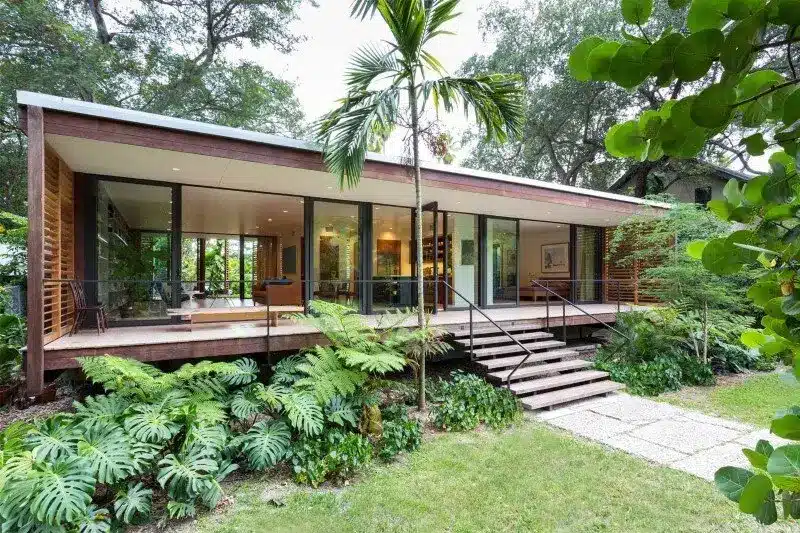
Enhancing Sandy Soils in North Florida
As well as supporting local communities, soil forms a natural flood barrier and is one the world’s largest carbon sinks. Although unlike extreme weather it doesn’t pose an immediate risk to homes, it is still an essential element to be considered when building or investing in new properties and designing landscapes. The gritty texture of the sandy soil in North Florida makes it particularly suitable for construction as it allows for adequate drainage from a building site without causing movement. However, sandy soils contain less organic matter and so, to create lush landscapes to surround new homes, they may need the addition of peat or compost to improve the nutrient content and help to retain more moisture.
Resilient homes and commercial properties with well-maintained landscaping can help to protect residents from the elements without compromising on style. This is especially important in places like Florida where extreme weather poses a risk to buildings and landscapes.

